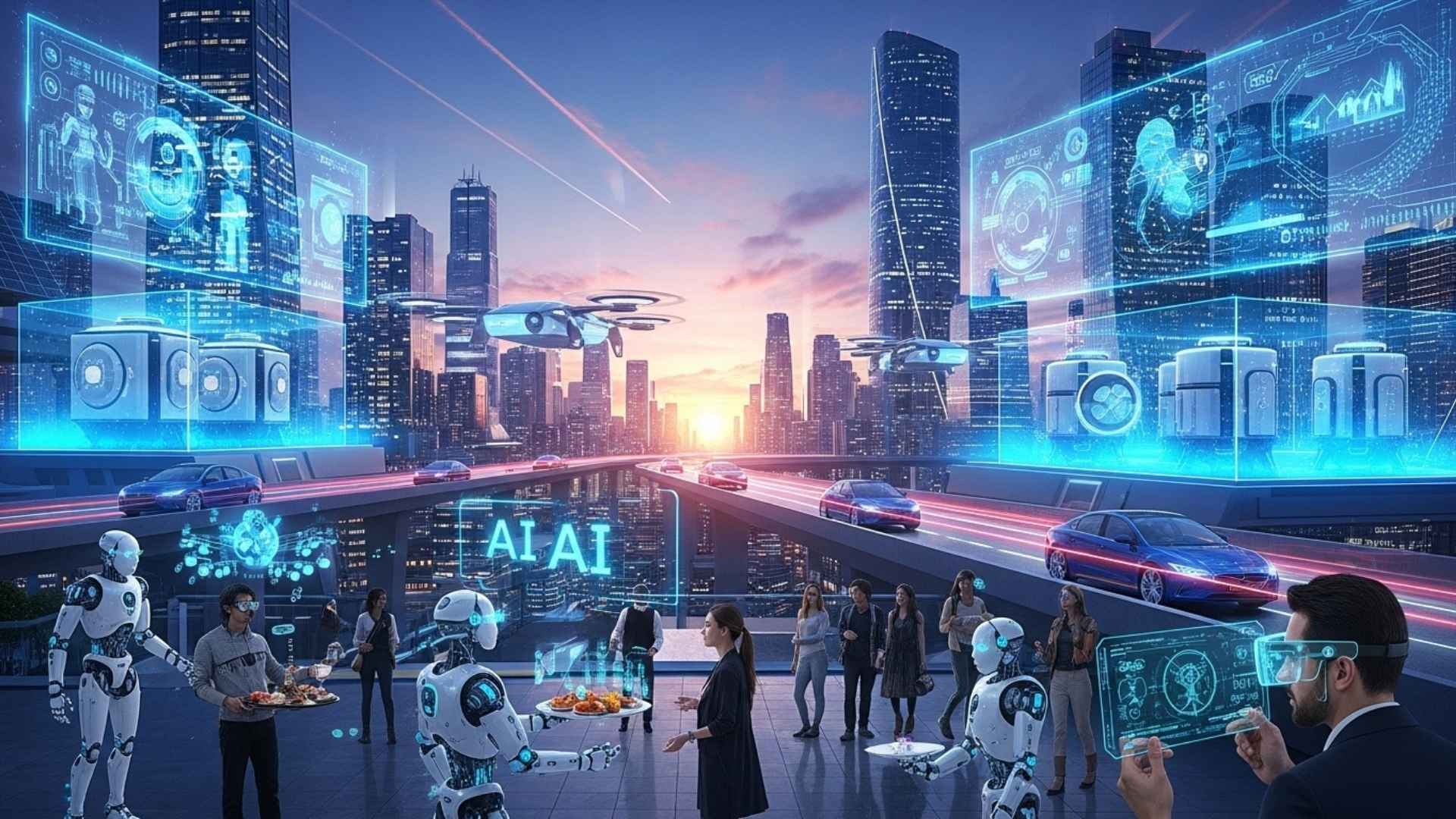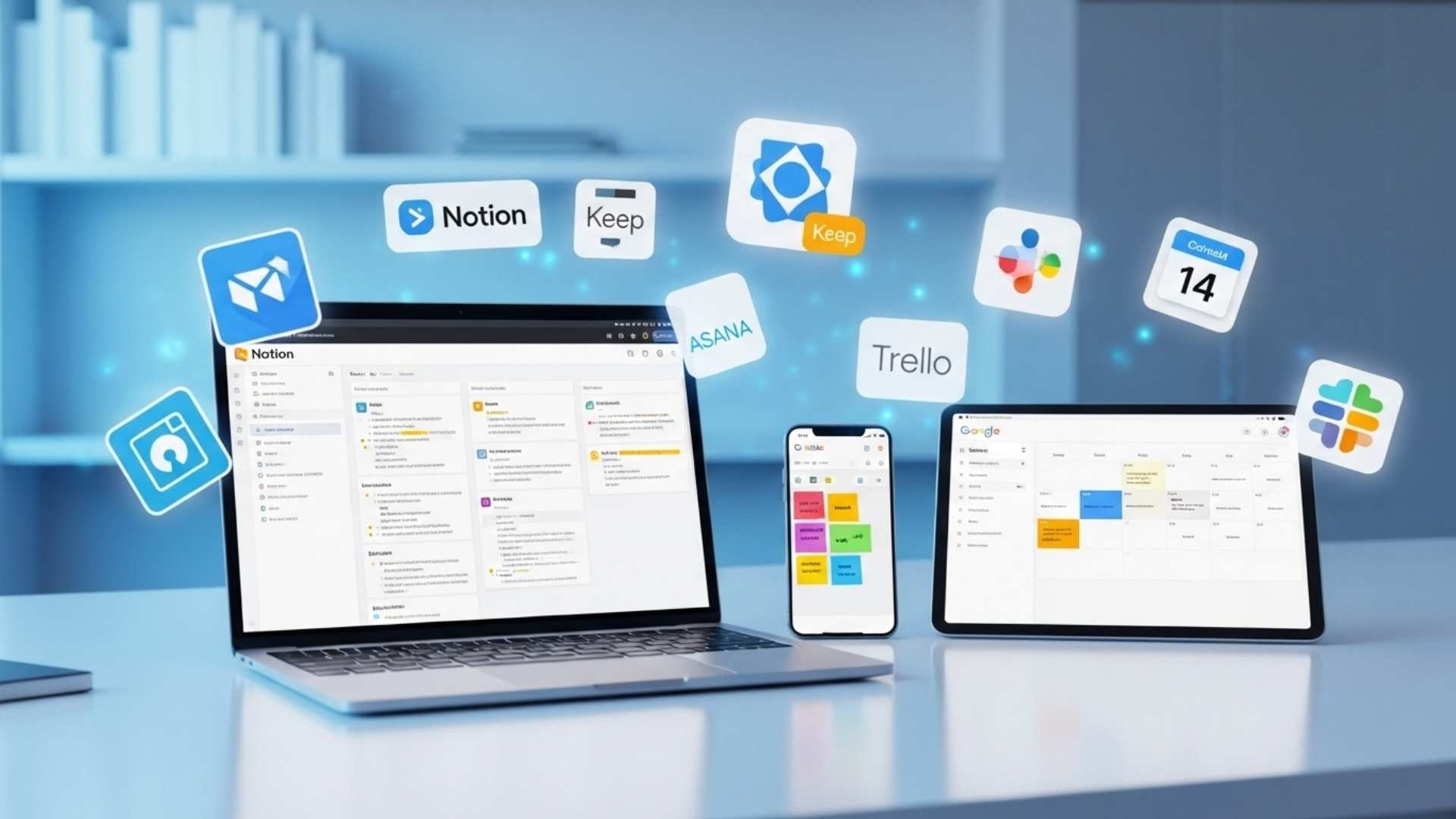When it comes to the most important and impactful trends of the coming year, artificial intelligence (AI) is once again leading the way.
But as 2026 quickly approaches, the focus is increasingly on how businesses, governments, and individuals will adapt and thrive as the scale of the changes unfolds.
While other technologies will also play their part, no technology is immune to the impact of AI. So the most important trends I’ve identified aren’t focused on specific technologies, but rather on the impact they will have on our lives and the changes they will bring.
These trends won’t happen in isolation, and there’s no doubt that AI is the thread that ties them all together. These are the driving forces behind the technology that will drive innovation and change over the next 12 months.
1. Transforming with AI: From Response to Innovation
In recent years, we have seen industry, government, academia, and the general public struggle to adapt to the massive disruption of AI.
But as we move into 2026, we are beginning to get answers to the big questions about the impact of AI on jobs, the economy, and everyday life.
Now, the focus has shifted from simply responding to finding our place in this brave, diverse, and sometimes scary new world to reinventing ourselves to find our place in it.
In healthcare, this means implementing solutions that have been shown to work in ways that will impact lives.
In media and marketing, it means building systems that leverage these changes, rather than being pressured by changes like zero-click.
In everyday life, with a new understanding of the reality of the threats that AI poses, we will use AI to save time and eliminate unnecessary tasks. This will allow us to work smarter, more safely, and enjoy our leisure time.
These challenges are not just technical, but also social, human-centered, and ethical. The key to success in 2026 is not to resist or fear the changes that AI will bring, but to reimagine what we can do with the opportunities it will create.
2. Agentic Technology Revolution: AIs That Will Do the Work
Agents are the buzzword of 2025 in the tech world, representing a significant shift from technologies like Chatbots and Generative AI.
These agents will no longer simply answer questions and generate information, but will perform tasks on our behalf. By 2026, this will become a more common occurrence in everyday life.
From automating business decisions to managing and coordinating complex family schedules, AI agents will take over the “busy tasks” involved in planning and problem-solving.
This will give us more time to focus on the bigger picture or simply relax and enjoy life.
This means that in the coming years, we will learn to better identify the tasks they can help us with and decide which ones we can entrust to them.
Because we are moving towards a future where machines become more intelligent, active partners, caregivers, and companions than simple tools.
3. Quantum Computing: From Theory to Reality
Quantum computing uses the strange and seemingly contradictory nature of extremely small subatomic particles to perform complex computational tasks millions of times faster than classical computers.
While the technology has been exciting in the lab and research environment for the past decade, it is likely that 2026 will see more real-world applications.
While this trend may not immediately have a significant impact on our daily lives, its impact on business, industry, and science is already beginning to take shape in significant ways.
For example, when used in financial modeling, it will allow for more accurate risk assessment and investment portfolio optimization. In drug discovery, it could speed up the development of new drugs and reduce the time and cost required to conduct clinical trials.
In logistics, this means improving transportation routes and more efficient supply chains.
This new form of computing can be compared to the leap from the earliest valve-based computers to microprocessors. This has brought about a huge increase in processing power.
While conventional computers will not become obsolete immediately, the impact of quantum computing could be equally important to our lives.
4. Solving the Energy Crisis of Technology
Energy use is not an issue that can be ignored when building the next generation of infrastructure that will support progress.
It is fundamental to our ability to solve some of the world’s most pressing problems with AI.
Data centers accounted for 4% of global energy consumption in 2024, and this figure is expected to double by the end of the decade.
By 2026, the focus will be on renewable energy, as well as new energy solutions such as hydrogen fuel cells, biofuels, and modular nuclear reactors, to reduce the environmental costs of fossil fuels.
Technological progress depends on our ability to keep up with our growing demands. At the same time, we must minimize the impact on the environment and the geopolitical components of the global energy market.
In other words, it is not just about generating enough energy to keep the lights on. It is about doing it in a way that creates resilience and sustainability.
A better understanding of this concept will be a key part of the discussions about technology and its role in society in 2026 and beyond.
Also Read: Top 8 Productivity Apps to Organize Your Digital Life
5. The Human Part: Machine-unique Qualities
As technology becomes more and more capable of interacting with us, the call to refocus on the qualities that differentiate us from machines will grow in 2026.
Understanding where technology can help, where human touch is essential, and where overreliance can harm us will become more central to the debate.
This includes fighting synthetic and deepfake data that can drown out real human voices. It also includes addressing the psychological impacts of spending more of our time with chatbots or in online and virtual environments.
This means understanding that innovation should empower us to use human qualities like empathy and ethical behavior, as well as drive efficiency, cost reduction, or time savings.
It also highlights the importance of reskilling and upskilling human workers to ensure they don’t lose their jobs in a world dominated by AI and automation.
Businesses and society will increasingly recognize the value of qualities that can’t be created by typing a prompt—authenticity, emotional intelligence, teamwork, inspiring leadership, and long-term strategic thinking.
The fact that most cybersecurity breaches exploit human weaknesses is part of this. This is not a problem that technology alone can solve; it will require sharpening our human conscience and critical thinking.
All of this means that understanding and cultivating the essential qualities that make us human will be more important than ever in 2026.
The coming year will challenge leaders, innovators, and individuals to rethink how technology is used to protect and preserve what makes us human.
By understanding and acting on these five forces, we can shape a future where AI and emerging technologies complement, rather than overly disrupt, creativity, resilience, and progress.




